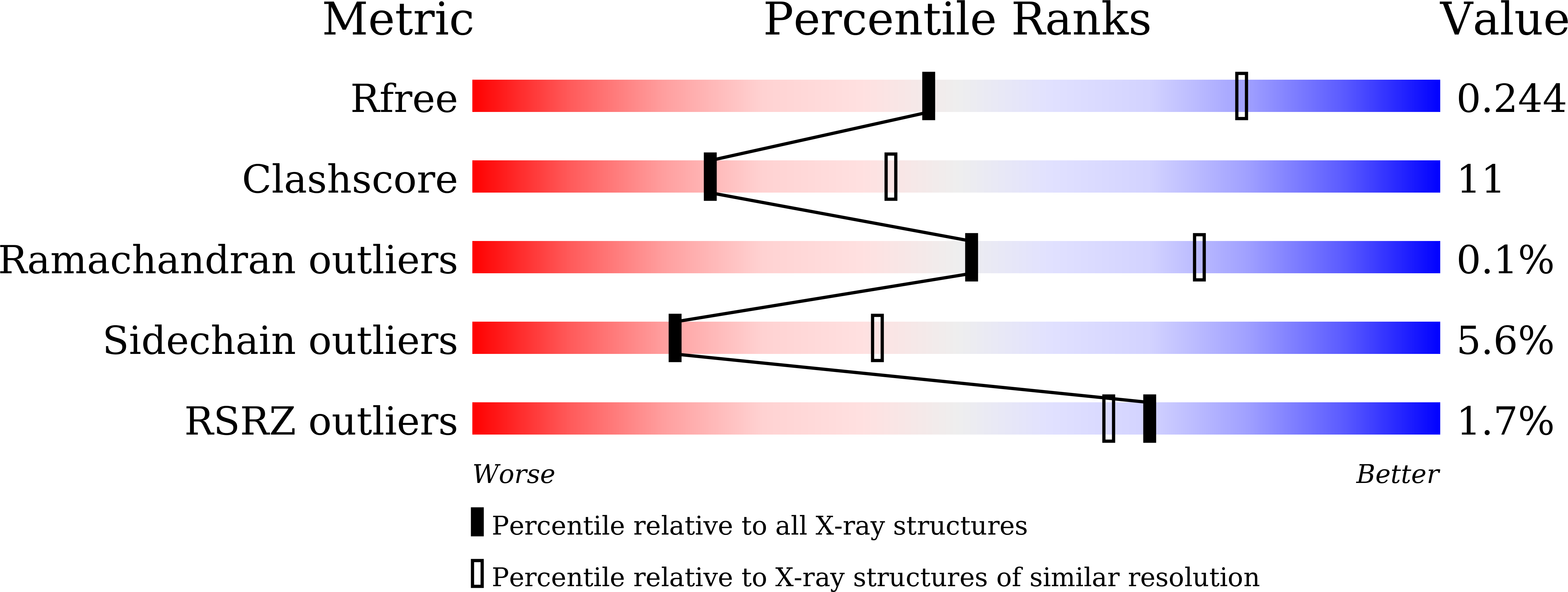
Deposition Date
2019-11-10
Release Date
2020-11-18
Last Version Date
2024-11-06
Method Details:
Experimental Method:
Resolution:
2.60 Å
R-Value Free:
0.25
R-Value Work:
0.20
R-Value Observed:
0.21
Space Group:
P 1


